December 14 stands as one of history’s most eventful days, witnessing the rise and fall of empires, groundbreaking discoveries, and moments that shaped our modern world across centuries of human achievement.

Politics and Government Events on December 14
1909 – Australian Capital Territory Created
New South Wales Premier Charles Wade signed the Seat of Government Surrender Act 1909, formally completing the transfer of State land to the Commonwealth. This decisive action created the Australian Capital Territory, establishing the foundation for the nation’s future capital.
The legislation resolved years of heated debate between Sydney and Melbourne over hosting the federal capital. Wade’s signature marked a crucial step toward Australian governmental centralization and national unity.
1918 – Women Vote in British Election
The United Kingdom held its first general election permitting women to vote, revolutionizing British democracy forever. In Ireland, the republican party Sinn Féin achieved a landslide victory with nearly 47% of the popular vote.
This historic election demonstrated women’s immediate political impact and reshaped the electoral landscape. The results accelerated Irish independence movements and transformed parliamentary representation across the British Isles.
1955 – Sixteen Nations Join United Nations
Albania, Austria, Bulgaria, Cambodia, Ceylon, Finland, Hungary, Ireland, Italy, Jordan, Laos, Libya, Nepal, Portugal, Romania and Spain joined the United Nations through Security Council Resolution 109. This massive expansion significantly strengthened the organization’s global reach and diplomatic influence.
The simultaneous admission represented the largest single-day expansion in UN history. These new members brought diverse perspectives and regional expertise to international peacekeeping efforts.
1981 – Israel Extends Law to Golan Heights
Israel’s Knesset ratified the Golan Heights Law, extending Israeli law to the strategically important territory captured from Syria. This controversial decision sparked international condemnation and deepened Middle Eastern tensions.
The legislation effectively annexed the Golan Heights, providing Israel with crucial high ground overlooking Syria and Lebanon. International bodies rejected the move as a violation of international law and territorial sovereignty.
1995 – Dayton Agreement Signed
The leaders of Yugoslavia, Croatia, and Bosnia and Herzegovina signed the Dayton Agreement in Paris, officially ending the devastating Yugoslav Wars. This comprehensive peace treaty established new borders and governance structures across the former Yugoslavia.
The agreement created the complex federal structure of modern Bosnia and Herzegovina with international oversight. Diplomatic negotiations had taken months to resolve ethnic tensions and territorial disputes that had claimed hundreds of thousands of lives.
2003 – Pakistani President Survives Assassination
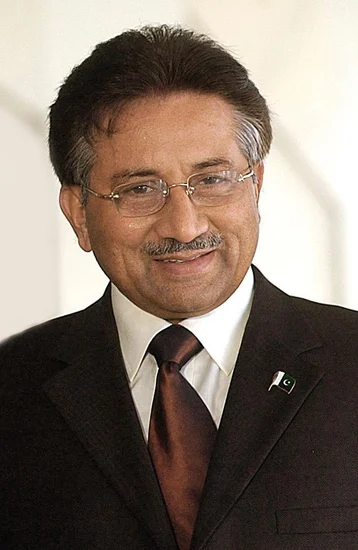
Pakistani President Pervez Musharraf narrowly escaped an assassination attempt that highlighted the country’s political instability. The attack demonstrated the dangerous opposition facing his military government and American-aligned policies.
Security forces quickly responded to the threat, but the incident revealed serious vulnerabilities in presidential protection. Musharraf’s survival allowed him to continue his controversial rule during Pakistan’s turbulent war on terror period.
Military and Naval History on December 14
1911 – Amundsen Reaches South Pole

Roald Amundsen’s Norwegian team became the first humans to reach the South Pole, defeating British explorer Robert Falcon Scott’s expedition. The five-man team included Olav Bjaaland, Helmer Hanssen, Sverre Hassel, and Oscar Wisting in this historic achievement.
Their success resulted from superior planning, equipment, and understanding of polar conditions. The expedition used sled dogs effectively while Scott’s team relied on mechanized transport that failed in harsh Antarctic conditions.
1913 – Japanese Battleship Haruna Launches
The Imperial Japanese Navy launched Haruna, the fourth and final Kongō-class battleship that would serve as a crucial warship during both World Wars. This powerful vessel represented Japan’s growing naval ambitions and technological capabilities.
Haruna participated in numerous Pacific Theater operations, supporting Japanese expansion across the region. The ship’s advanced design incorporated British naval architecture with Japanese modifications for Pacific warfare requirements.
1939 – Soviet Union Expelled from League of Nations
The League of Nations expelled the Soviet Union for invading Finland during the Winter War, marking a significant diplomatic defeat for Stalin. This unprecedented action demonstrated international outrage at Soviet aggression against the small Nordic nation.
The expulsion weakened the League’s already limited effectiveness and pushed the Soviet Union toward greater isolation. Finland’s determined resistance surprised the world and exposed serious weaknesses in the Red Army’s military capabilities.
1942 – Deadly Aeroflot Crash Near Tashkent
An Aeroflot Tupolev ANT-20 crashed near Tashkent, killing all 36 people aboard in one of the deadliest aviation disasters of World War II. The massive aircraft represented Soviet aviation ambitions but proved vulnerable to wartime operational stresses.
The crash highlighted the dangerous conditions facing civilian aviation during the war years. Soviet authorities blamed mechanical failure, though wartime censorship prevented thorough investigation of the tragedy’s true causes.
1971 – Bangladesh Intellectuals Murdered
The Pakistan Army and local collaborators executed over 200 East Pakistani intellectuals in a systematic campaign to eliminate Bengali leadership. This brutal massacre targeted professors, writers, doctors, and other educated professionals who supported Bengali independence.
The killings represented a desperate attempt to prevent Bangladesh’s emergence as an independent nation. December 14 became commemorated as Martyred Intellectuals Day, honoring those who died for Bengali cultural and political freedom.
1972 – Final Moon Walk Completed
Eugene Cernan became the last person to walk on the Moon after completing the third extravehicular activity of the Apollo 17 mission with Harrison Schmitt. This historic moment marked the end of humanity’s first lunar exploration era.
Cernan’s final steps concluded an unprecedented period of space exploration that had captured global imagination. Budget constraints and shifting political priorities ended the Apollo program despite its remarkable scientific and technological achievements.
Science and Discovery Milestones on December 14
1940 – Plutonium First Isolated

Scientists at Berkeley, California successfully isolated Plutonium-238 for the first time, opening the door to nuclear energy and weapons development. This breakthrough discovery would fundamentally change warfare, energy production, and scientific research.
The isolation process required sophisticated laboratory techniques and represented a major advance in nuclear chemistry. This achievement accelerated the Manhattan Project and positioned the United States as a leader in atomic research.
1962 – Mariner 2 Flies Past Venus
NASA’s Mariner 2 spacecraft became the first successful interplanetary probe, flying within 21,000 miles of Venus and revolutionizing planetary science. The mission provided crucial data about Venus’s surface temperature, atmospheric composition, and magnetic field.
Mariner 2’s success demonstrated American capabilities in space exploration and scientific instrumentation. The probe’s discoveries revealed Venus as a hostile world with extreme temperatures and crushing atmospheric pressure.
1958 – Soviets Reach Pole of Inaccessibility
The 3rd Soviet Antarctic Expedition became the first to reach the southern pole of inaccessibility, the most remote point on the Antarctic continent. This achievement demonstrated Soviet determination to match Western exploration accomplishments during the Cold War.
The expedition established a temporary research station at this extraordinarily isolated location. Soviet scientists gathered valuable meteorological and geological data while proving their nation’s capabilities in extreme environment exploration.
1948 – First Interactive Electronic Game Patent
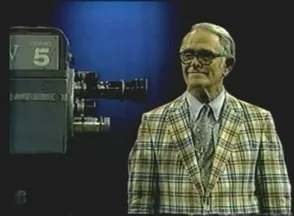
Thomas T. Goldsmith Jr. and Estle Ray Mann received a patent for their cathode-ray tube amusement device, creating the earliest known interactive electronic game. This innovation laid the groundwork for the entire video game industry.
Their device used analog electronics to simulate missile firing at targets on a screen. Though primitive by modern standards, this invention established fundamental principles that would define electronic entertainment for decades.
Cultural and Arts Events on December 14
1918 – Puccini’s Gianni Schicchi Premieres

Giacomo Puccini’s comic opera Gianni Schicchi premiered at the Metropolitan Opera in New York City, introducing audiences to one of his most beloved works. The opera’s famous aria “O mio babbino caro” became an instant classic of the repertoire.
The premiere represented a departure from Puccini’s typically tragic operas, showcasing his versatility as a composer. Set in medieval Florence, the work combined Italian musical traditions with sophisticated dramatic storytelling.
1960 – UNESCO Adopts Education Convention
UNESCO adopted the Convention against Discrimination in Education, establishing international standards for educational equality and access. This landmark agreement committed signatory nations to providing education without regard to race, gender, or social status.
The convention addressed educational discrimination that limited opportunities for millions worldwide. Member nations pledged to eliminate barriers preventing equal access to quality education at all levels.
Religious and Social Events on December 14
1963 – Civil Rights Victory in Supreme Court
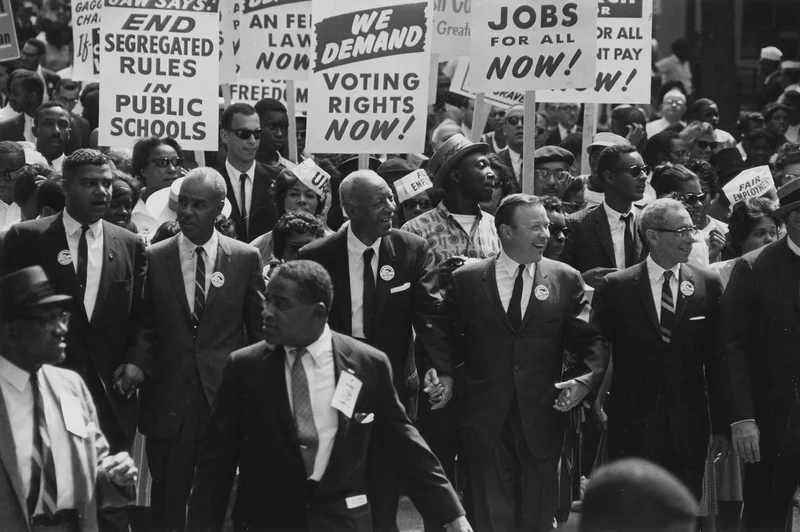
The Supreme Court ruled in Heart of Atlanta Motel v. United States that Congress could use the Commerce Clause to fight racial discrimination in public accommodations. This decision strengthened federal civil rights enforcement and expanded constitutional interpretation.
The ruling affirmed that private businesses serving interstate travelers must comply with federal anti-discrimination laws. This precedent provided crucial legal foundation for enforcing the Civil Rights Act of 1964.
1985 – First Female Cherokee Chief Takes Office

Wilma Mankiller became the first woman elected to serve as Principal Chief of the Cherokee Nation, breaking centuries of male leadership tradition. Her election represented a milestone in both Native American governance and women’s political advancement.
Mankiller’s leadership focused on economic development, healthcare, and education within Cherokee communities. Her administration strengthened tribal sovereignty while building bridges between Native American and mainstream American society.
1918 – Finnish Prince Renounces Throne
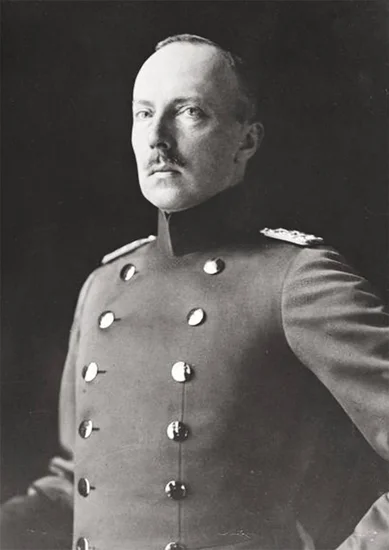
Friedrich Karl von Hessen, a German prince elected by Finland’s Parliament to become King Väinö I, renounced the Finnish throne. Germany’s defeat in World War I made his position untenable and forced Finland to reconsider its political future.
The renunciation cleared the way for Finland to establish a republican government rather than a constitutional monarchy. This decision reflected changing European political attitudes following the war’s democratic revolutions.
Business and Economic Events on December 14
2017 – Disney Acquires 21st Century Fox
The Walt Disney Company announced its acquisition of 21st Century Fox’s entertainment assets, including the 20th Century Fox movie studio, for $52.4 billion. This massive deal reshaped Hollywood’s competitive landscape and consolidated entertainment industry power.
The acquisition gave Disney control over valuable film franchises, television networks, and international distribution channels. Regulatory approval required Disney to divest some assets while significantly expanding its content library and global reach.
1994 – Three Gorges Dam Construction Begins

Construction began on the Three Gorges Dam across China’s Yangtze River, launching the world’s largest hydroelectric project. This massive undertaking promised to generate enormous amounts of clean energy while controlling devastating floods.
The project required relocating over one million people and submerging numerous historical sites. Critics raised concerns about environmental impact and cultural preservation, while supporters emphasized economic development and flood control benefits.
1902 – First Pacific Telegraph Cable
The Commercial Pacific Cable Company successfully laid the first Pacific telegraph cable connecting San Francisco to Honolulu. This technological achievement revolutionized communications between the American mainland and Hawaiian Islands.
The underwater cable enabled near-instantaneous communication across thousands of miles of ocean. Business, government, and personal communications could now traverse the Pacific in minutes rather than weeks required for ship-based mail delivery.
Transportation and Infrastructure on December 14
2004 – Millau Viaduct Opens

The Millau Viaduct, the world’s tallest bridge, was formally inaugurated near Millau, France, showcasing remarkable engineering achievement. This elegant cable-stayed bridge spans the Tarn Valley at a height of 1,125 feet above the river.
The viaduct’s construction required innovative techniques to build at such extreme heights in challenging weather conditions. French engineers created a structure that combines functional transportation infrastructure with architectural beauty.
1903 – Wright Brothers’ First Flight Attempt

The Wright Brothers made their first attempt to achieve powered flight with the Wright Flyer at Kitty Hawk, North Carolina. This historic effort represented the culmination of years of experimentation with gliders and engine development.
Their systematic approach to solving flight problems included extensive wind tunnel testing and careful study of bird flight mechanics. The brothers’ persistence and scientific methodology distinguished their work from other aviation pioneers.
1907 – Massive Ship Disaster
The Thomas W. Lawson, history’s largest ship without a heat engine, ran aground and foundered near Hellweather’s Reef in the Isles of Scilly during a severe gale. The disaster killed the pilot and 15 seamen, highlighting the dangers facing large sailing vessels.
The seven-masted schooner represented the pinnacle of wind-powered cargo ship design. Its destruction demonstrated that steam power had made large sailing ships obsolete for commercial shipping operations.
Sports and Recreation on December 14
1963 – Baldwin Hills Reservoir Disaster
The dam containing the Baldwin Hills Reservoir burst catastrophically, killing five people and damaging hundreds of homes throughout Los Angeles. This infrastructure failure demonstrated the risks posed by aging water storage systems in urban areas.
The disaster released millions of gallons of water that swept through residential neighborhoods with devastating force. Engineers later determined that ground subsidence from nearby oil drilling had weakened the dam’s structural integrity.
1999 – Venezuelan Flash Flood Tragedy
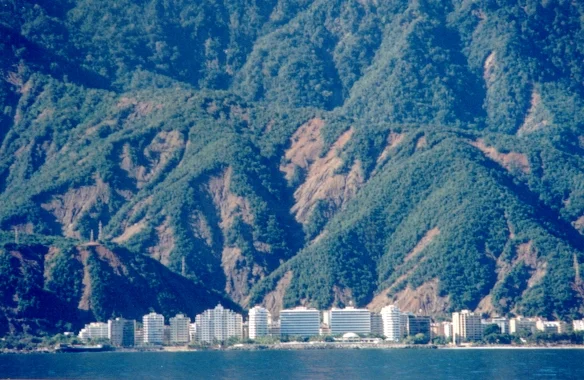
Torrential rains triggered catastrophic flash floods in Vargas, Venezuela, resulting in tens of thousands of deaths and complete infrastructure collapse. This natural disaster ranks among the deadliest in South American history.
The floods destroyed entire communities along the Caribbean coast and left hundreds of thousands homeless. International rescue efforts struggled to reach survivors in the mountainous terrain devastated by mudslides and flooding.
1992 – Helicopter Shot Down in Abkhazia
A helicopter carrying evacuees from besieged Tkvarcheli was shot down during the War in Abkhazia, killing at least 52 people including 25 children. This tragic incident intensified international pressure for Russian military intervention.
The attack on civilians fleeing the conflict zone violated international humanitarian law and shocked the international community. The incident marked a turning point toward more direct Russian involvement in the separatist conflict.
Notable Births on December 14
1946 – Patty Duke Born

American actress Patty Duke was born, destined to become one of Hollywood’s most versatile performers. Her childhood career began with stage performances that showcased remarkable dramatic range and emotional depth.
Duke would later win an Academy Award for her portrayal of Helen Keller in “The Miracle Worker.” Her career spanned television, film, and theater while she became an advocate for mental health awareness.
1911 – Spike Jones Born
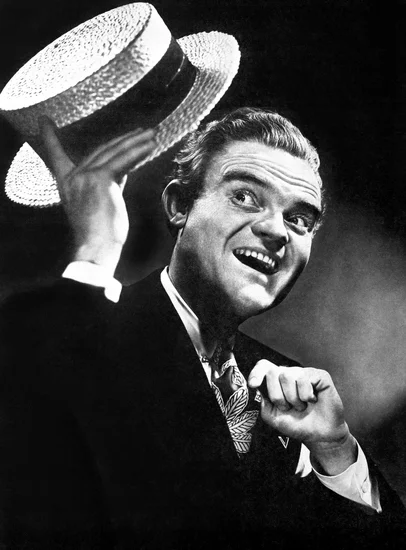
American bandleader Spike Jones entered the world, bringing future musical comedy innovation to entertainment. His childhood musical education provided the foundation for his later revolutionary approach to popular music.
Jones would create zany musical arrangements that parodied popular songs with sound effects and unconventional instruments. His comedic genius made him a radio and television star during the 1940s and 1950s.
1946 – Jane Birkin Born

English-French actress and singer Jane Birkin was born, destined to become an international cultural icon. Her early life in London shaped her artistic sensibilities and multilingual capabilities.
Birkin would achieve fame through her collaborations with French musician Serge Gainsbourg and her successful acting career. The luxury Hermès Birkin bag was named in her honor, cementing her status as a style icon.
1968 – Dilma Rousseff Born

Brazilian economist and politician Dilma Rousseff was born, future President of Brazil. Her early exposure to political activism during Brazil’s military dictatorship shaped her lifelong commitment to social justice.
Rousseff would become Brazil’s first female president, implementing significant social programs and economic policies. Her presidency marked a historic milestone for women’s political participation in Latin America.
1909 – Edward Lawrie Tatum Born
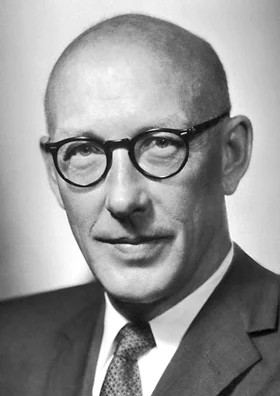
American geneticist Edward Lawrie Tatum was born, destined to revolutionize understanding of genetic mechanisms. His childhood interest in biology and chemistry laid the groundwork for groundbreaking scientific discoveries.
Tatum would win the Nobel Prize for discovering how genes control specific chemical reactions in living organisms. His research established fundamental principles of molecular biology that continue influencing modern genetic research.
1924 – Raj Kapoor Born

Indian actor, director, and producer Raj Kapoor was born, future legend of Bollywood cinema. His family’s theatrical background provided early exposure to performing arts and film production.
Kapoor would become known as the “Show-Man” of Indian cinema, creating films that combined entertainment with social commentary. His influence on Indian popular culture extended far beyond filmmaking into music and social issues.
1914 – Rosalyn Tureck Born
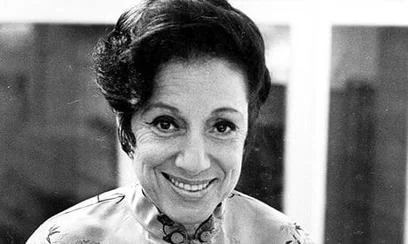
American pianist and harpsichord player Rosalyn Tureck was born, destined to become a renowned Bach interpreter. Her early musical training revealed exceptional talent for baroque music performance and scholarship.
Tureck would revolutionize Bach performance practices through her research and recordings. Her scholarly approach combined rigorous historical study with innovative interpretive techniques that influenced generations of musicians.
1946 – Stan Smith Born

American tennis player Stan Smith was born, future champion and sports icon. His early athletic development in California provided the foundation for his successful professional tennis career.
Smith would win Wimbledon and the US Open while achieving the world’s number one ranking. The Adidas Stan Smith tennis shoe became one of history’s best-selling sneakers, extending his cultural impact beyond sports.
Notable Deaths on December 14
1989 – Andrei Sakharov Died

Russian physicist and human rights activist Andrei Sakharov died, ending a remarkable career that combined scientific achievement with moral courage. His contributions to nuclear physics had helped develop the Soviet hydrogen bomb.
Sakharov later became a prominent dissident advocating for civil liberties and nuclear disarmament. His Nobel Peace Prize recognized his transformation from weapons scientist to champion of human rights and international peace.
1963 – Dinah Washington Died
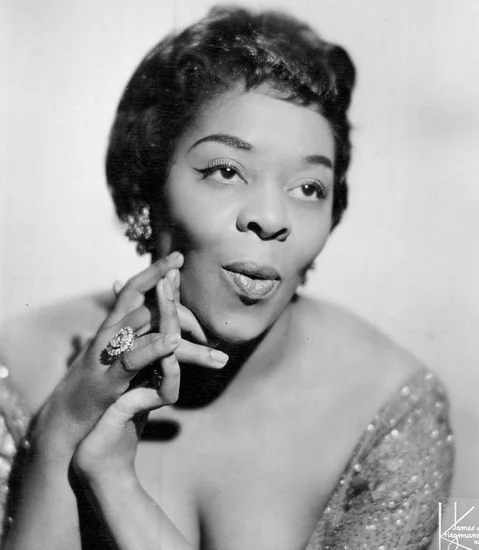
American singer Dinah Washington died, ending a brilliant career that bridged jazz, blues, and popular music. Her powerful voice and emotional delivery had made her one of the most influential vocalists of her generation.
Washington’s versatility allowed her to excel in multiple musical genres while maintaining her distinctive style. Her recordings continue influencing singers decades after her death, cementing her legacy as a musical innovator.
1944 – Lupe Vélez Died

Mexican actress Lupe Vélez died, concluding a colorful career that had made her one of Hollywood’s most recognizable Latin American performers. Her dynamic screen presence and comedic timing had earned her starring roles in numerous films.
Vélez’s career spanned silent films and talkies, showcasing her adaptability as an entertainer. Her tragic death at age 36 ended a life marked by professional success and personal struggles with fame.
2013 – Peter O’Toole Died

British-Irish actor Peter O’Toole died, ending one of cinema’s most distinguished careers. His portrayal of T.E. Lawrence in “Lawrence of Arabia” had established him as one of film history’s greatest performers.
O’Toole received eight Academy Award nominations during his career, more than any actor without a win. His theatrical background and commanding screen presence made him equally successful in classical and contemporary roles.
1975 – Arthur Treacher Died

English-American entertainer Arthur Treacher died, concluding a career that had made him synonymous with dignified British butler characters. His distinctive appearance and refined manner had made him a recognizable character actor.
Treacher’s career spanned vaudeville, Broadway, films, and television, showcasing his versatility as a performer. The Arthur Treacher’s Fish and Chips restaurant chain bore his name, extending his cultural impact beyond entertainment.
1947 – Stanley Baldwin Died
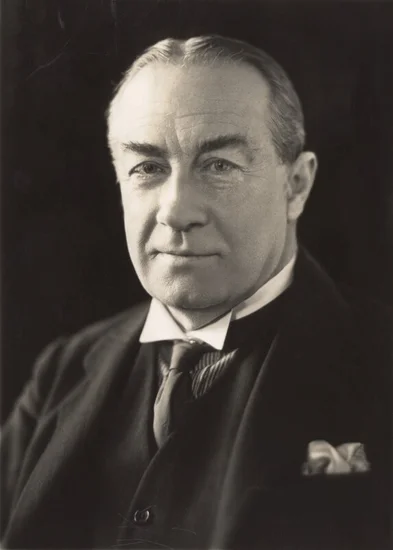
British statesman Stanley Baldwin died, ending a political career that had spanned some of Britain’s most challenging periods. His three terms as Prime Minister had guided the nation through economic difficulties and constitutional crises.
Baldwin’s leadership during the 1926 General Strike and the 1936 abdication crisis demonstrated his political skills. His moderate Conservative approach helped maintain British stability during turbulent interwar years.
1998 – Norman Fell Died

American actor Norman Fell died, ending a career that had made him a beloved television personality. His portrayal of landlord Stanley Roper on “Three’s Company” had showcased his talent for physical comedy and character acting.
Fell’s career included numerous film and television roles that demonstrated his range as a character actor. His ability to find humor in everyday situations made him a favorite among audiences and fellow performers.
Holidays and Observances on December 14
Alabama Day
Alabama observes Alabama Day on December 14, commemorating the state’s admission to the Union in 1819. This official state holiday celebrates Alabama’s rich history, cultural heritage, and contributions to American development.
Educational institutions and government offices throughout Alabama organize special programs highlighting the state’s achievements. Citizens reflect on Alabama’s progress from territorial status to full statehood and its role in shaping American history.
Martyred Intellectuals Day

Bangladesh observes Martyred Intellectuals Day on December 14, honoring the over 200 intellectuals murdered by Pakistani forces in 1971. This solemn commemoration remembers professors, writers, doctors, and other educated professionals who died for Bengali independence.
The day serves as a reminder of the price paid for Bangladesh’s freedom and the importance of protecting intellectual freedom. Memorial services and educational programs ensure that future generations remember these sacrifices for national liberation.
Forty-seven Ronin Remembrance Day
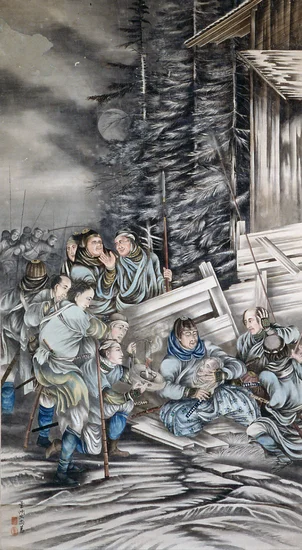
Japan observes Forty-seven Ronin Remembrance Day at Sengaku-ji Temple in Tokyo, commemorating the famous samurai who exemplified loyalty and honor. This traditional observance celebrates one of Japan’s most enduring moral tales.
Visitors gather at the temple to honor the ronin who avenged their master’s death and then committed ritual suicide. The story continues inspiring discussions about duty, loyalty, and ethical behavior in Japanese society.
